Search intent is the reason why people search on Google.
For example:
- Search query: “How to tie shoelaces”
- Intent: See a video on how to tie shoelaces.
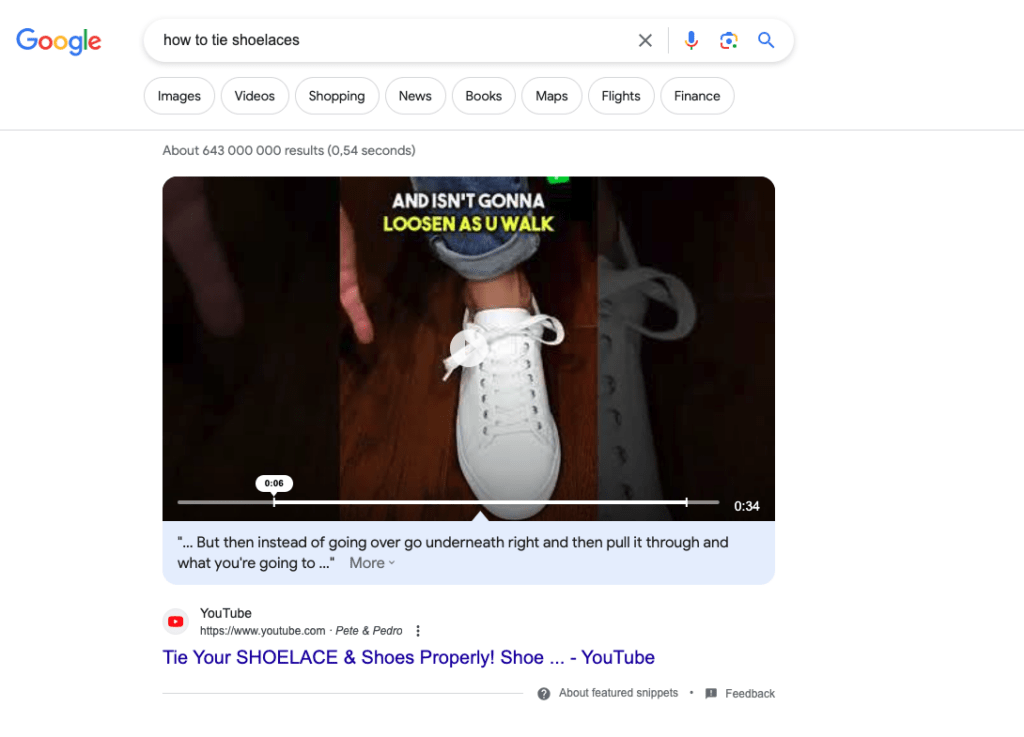
Understanding the intent is crucial.
If you write a post about “how to tie shoelaces”, it won’t get views because the intent is to see a video.
Even slightly missing the search intent might mean you’ll never rank on Google—no matter how good a post you write.
I want to make sure you nail it every time. Let me show you how.
What Is Search Intent?
Every Google search has an intent—the reason why that search was made.
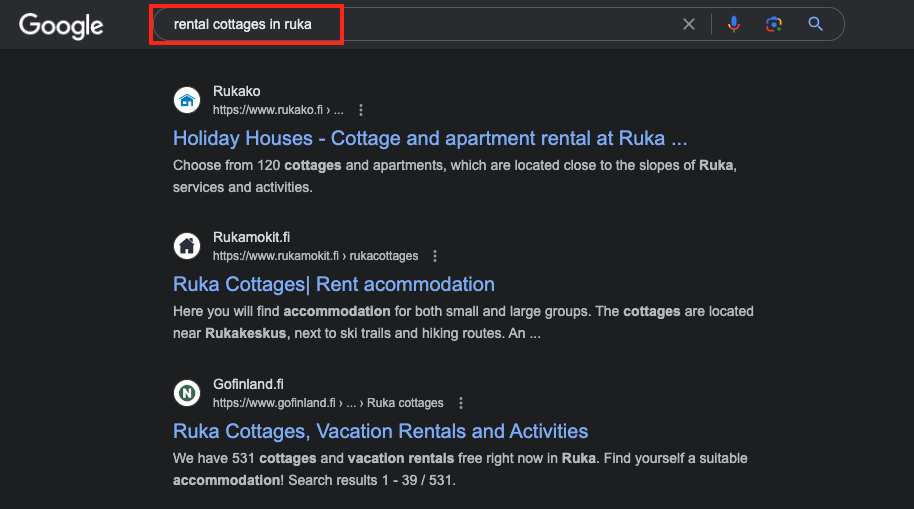
Searches are made to find information, to learn a skill, or to help make a purchase decision.
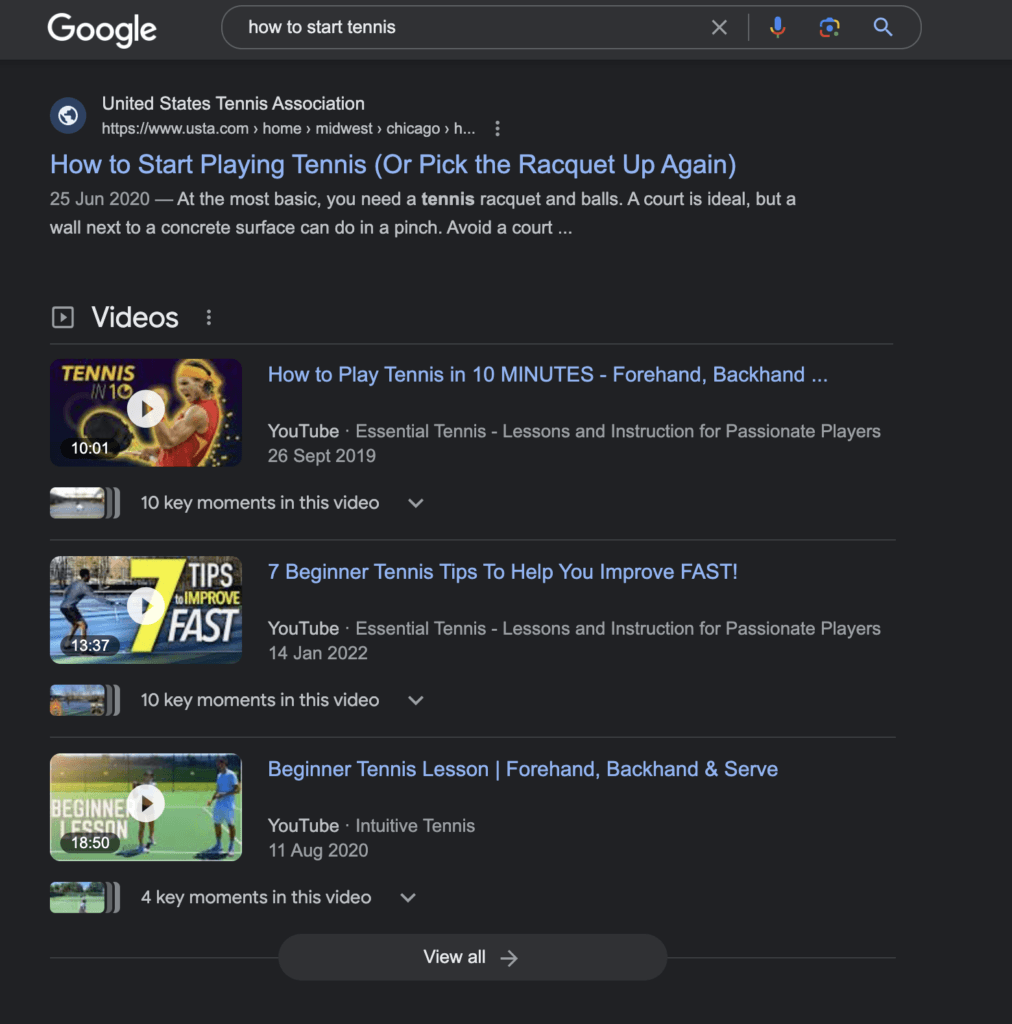
Before writing a blog post or any other type of content page, it’s crucial to understand the search intent.
Consider a search like “black shoes”.
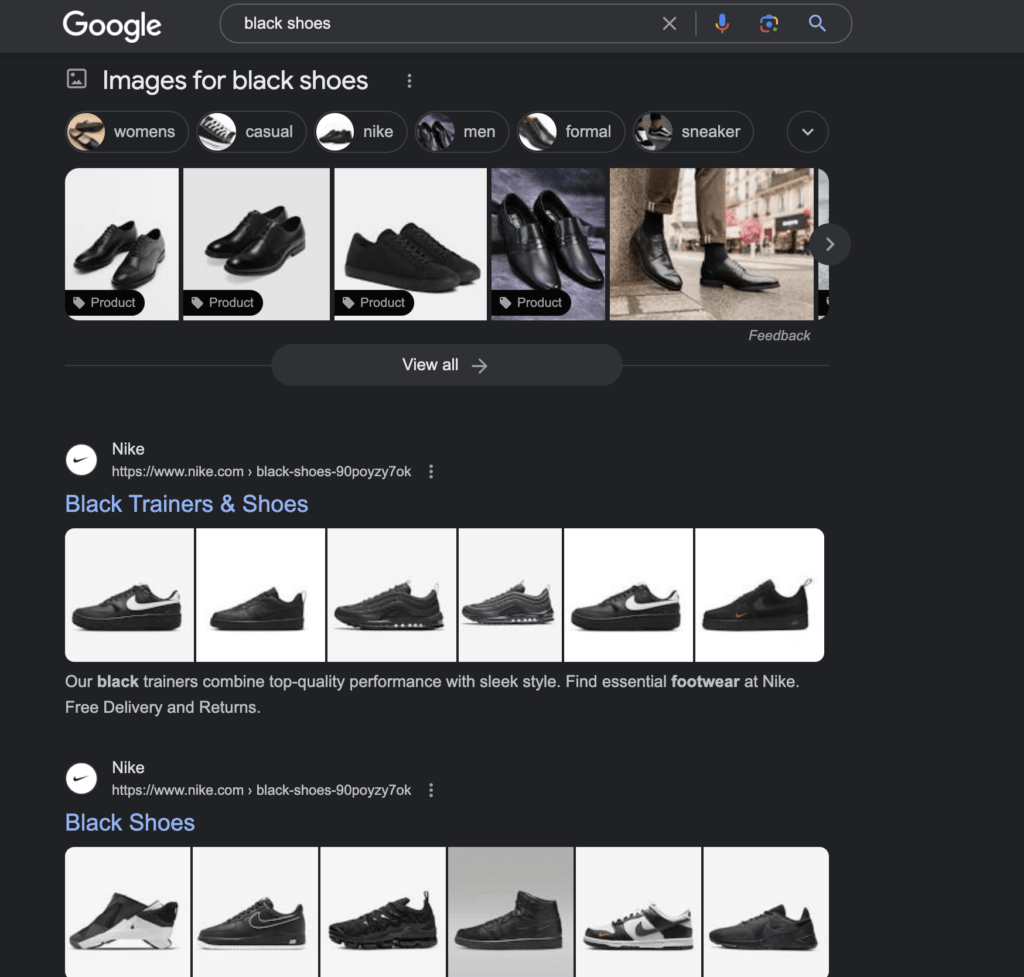
A person who makes this search is not looking to find out “what are black shoes” by definition.
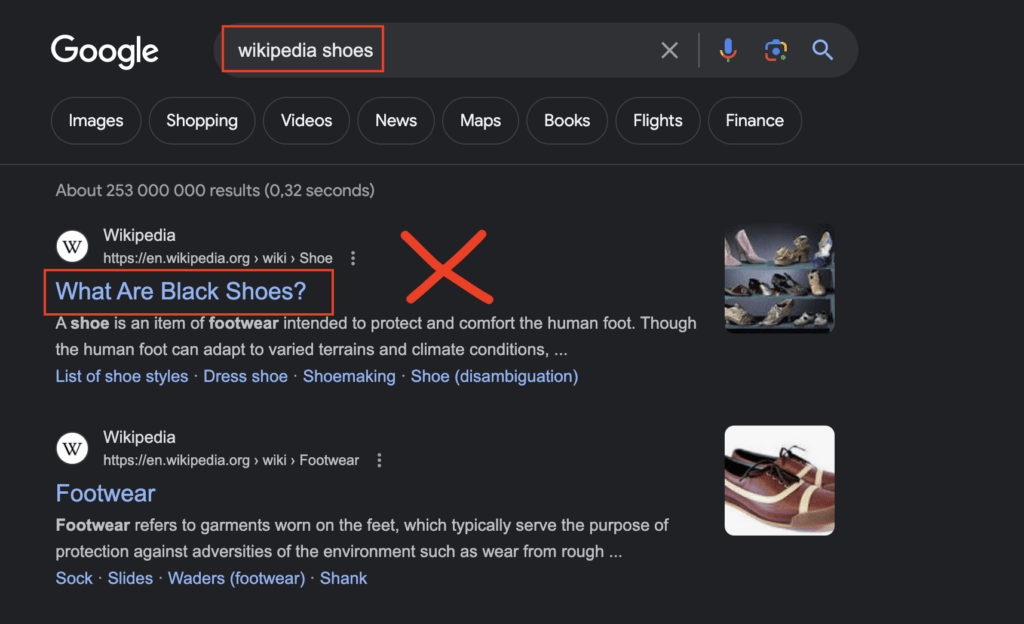
Instead, the intent is to see black shoes to buy.
Roughly speaking, you can split search intents into four different categories:
- Informational intent
- Navigational intent
- Transactional intent
- Commercial intent
The ones that interest bloggers and SEO people are usually informational and commercial intents.
Let’s go through these in more detail.
#1 Informational Intent
The searcher is looking for information about a topic.
Example searches:
- How to lose weight
- What’s the distance to the Moon?
- Who won the World Cup 2022?
These are all searches someone wants to make when they want to learn about something.
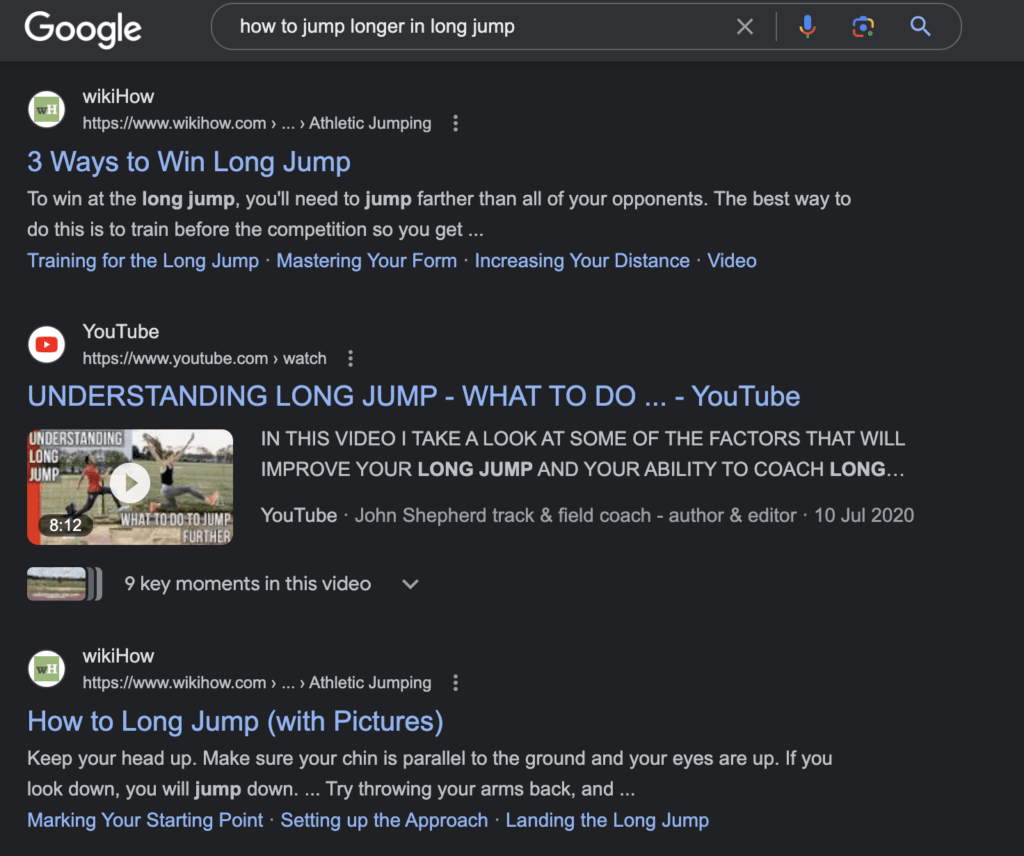
When you’re building a blog, the most typical blog post you’ll ever write is an answer to a search with informational intent.
More specifically, you typically write posts that are either:
- How-to guides, such as “How to Start Tennis”
- Listicles, such as “7 Tips to Start Tennis”
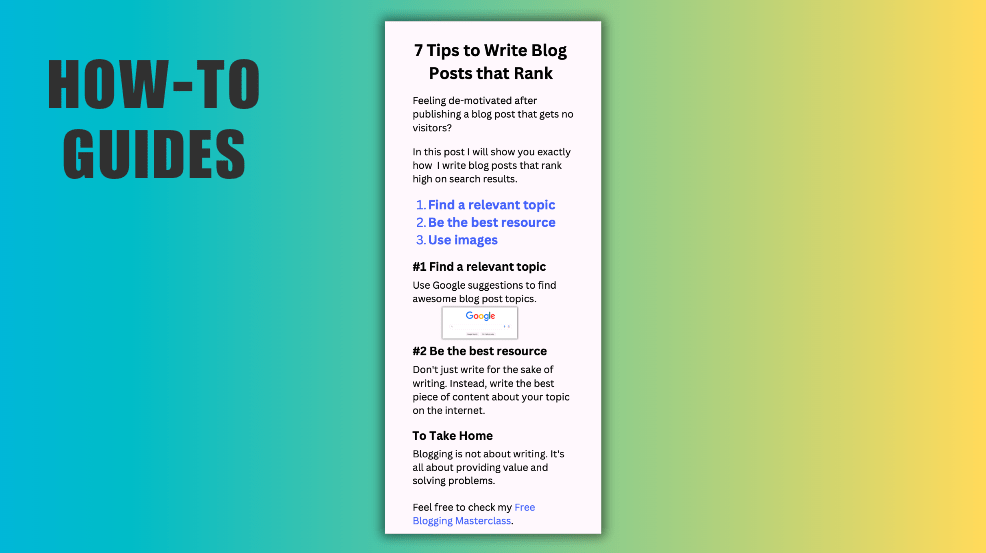
How-to guides (and listicles) are the essentials of a successful blog.
In every niche, there are tons of how-to guides and listicle opportunities.
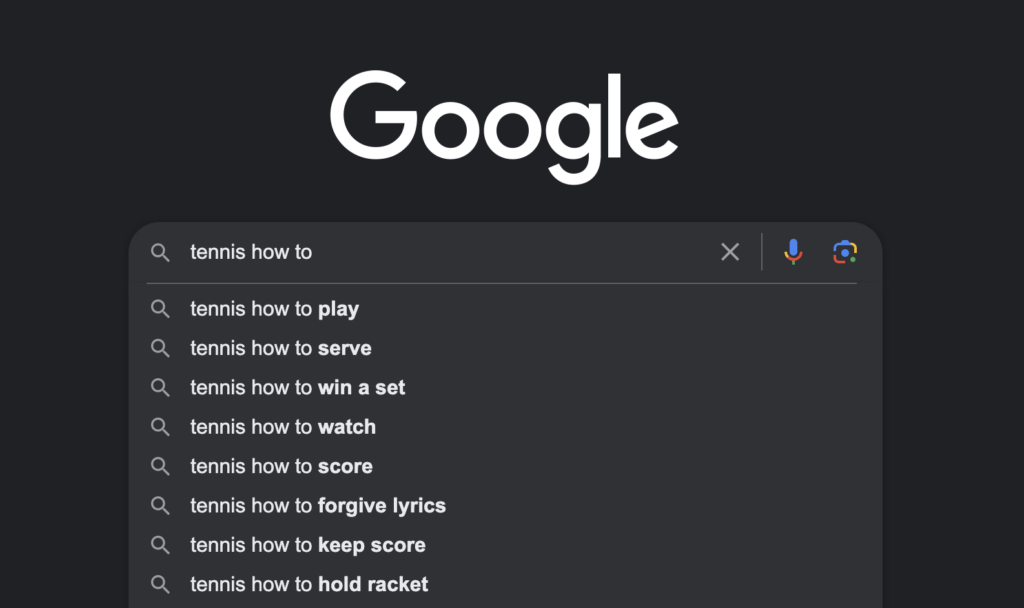
These are the types of blog posts that can have tons of readers depending on the niche.
I’d say that at least 75% of blog posts I write are either how-to guides or listicles.
Of course, sometimes it might make sense to write blog posts about those “What is” searches too.
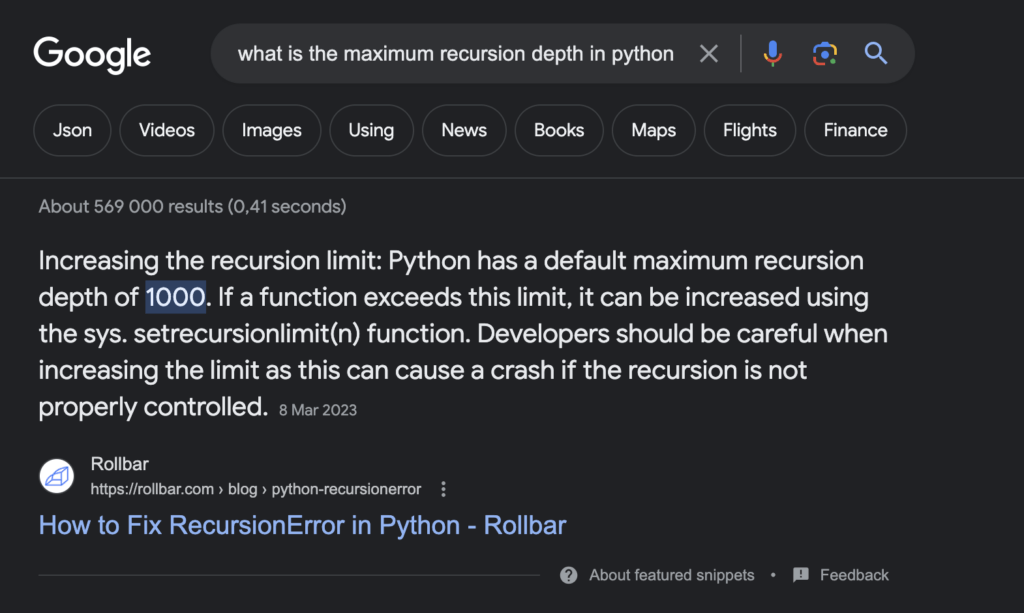
But if the answer is short and doesn’t require additional context, then that makes no sense to write a post about it.
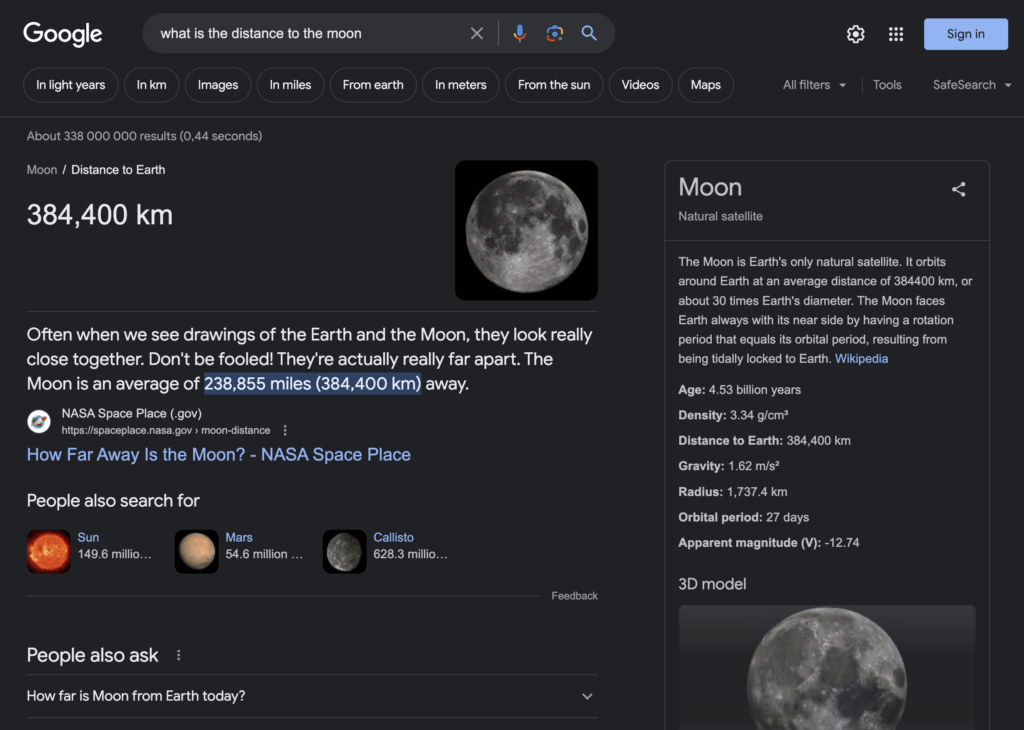
Usually, Google even renders the answers to these types of questions before showing any web pages in the results.
Also, one could ask these types of questions from AI as well these days.
Thus, even if you ranked #1 on Google, you still wouldn’t get that many clicks.
#2 Navigational Intent
Navigational intent is when a searcher is looking for a specific page on a particular website.
Example searches:
- “Facebook sign up page”
- “Apple contact support”
- “YouTube trending videos”
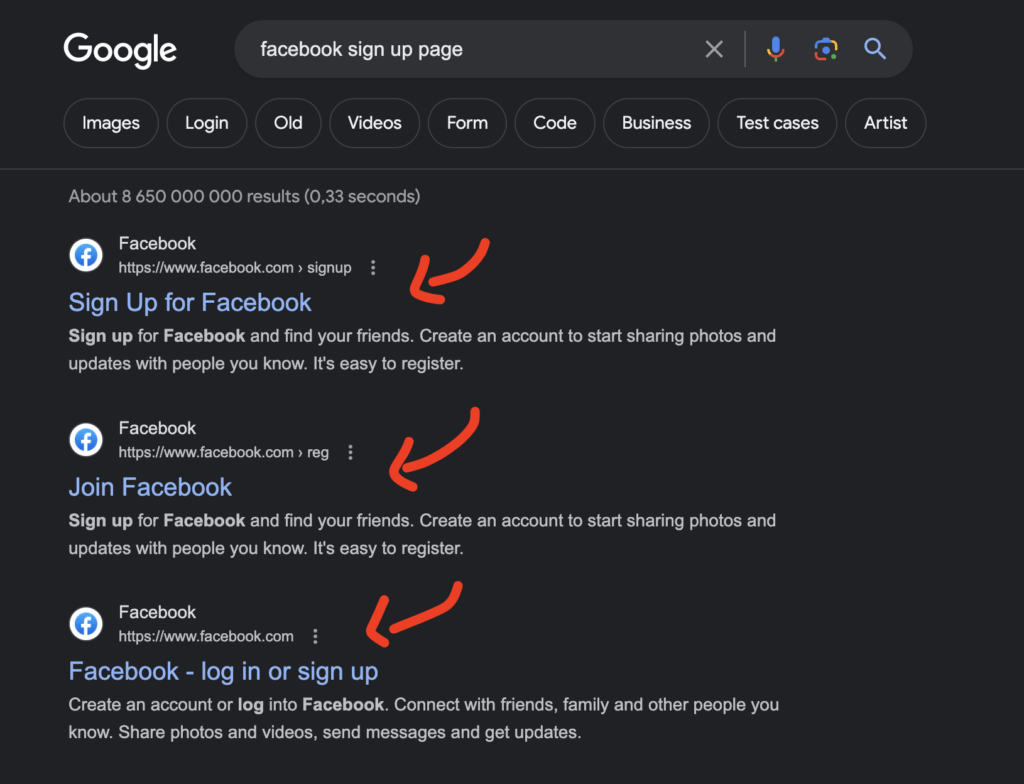
In these searches, the searcher knows the website and type of page they want to access in advance.
If people do these types of searches, that usually signals high brand recognition.
These types of searches are usually something you won’t target as a blogger.
It’s usually meaningless to write a blog post about the “Apple contact page” because the #1 result is Apple’s contact page already.
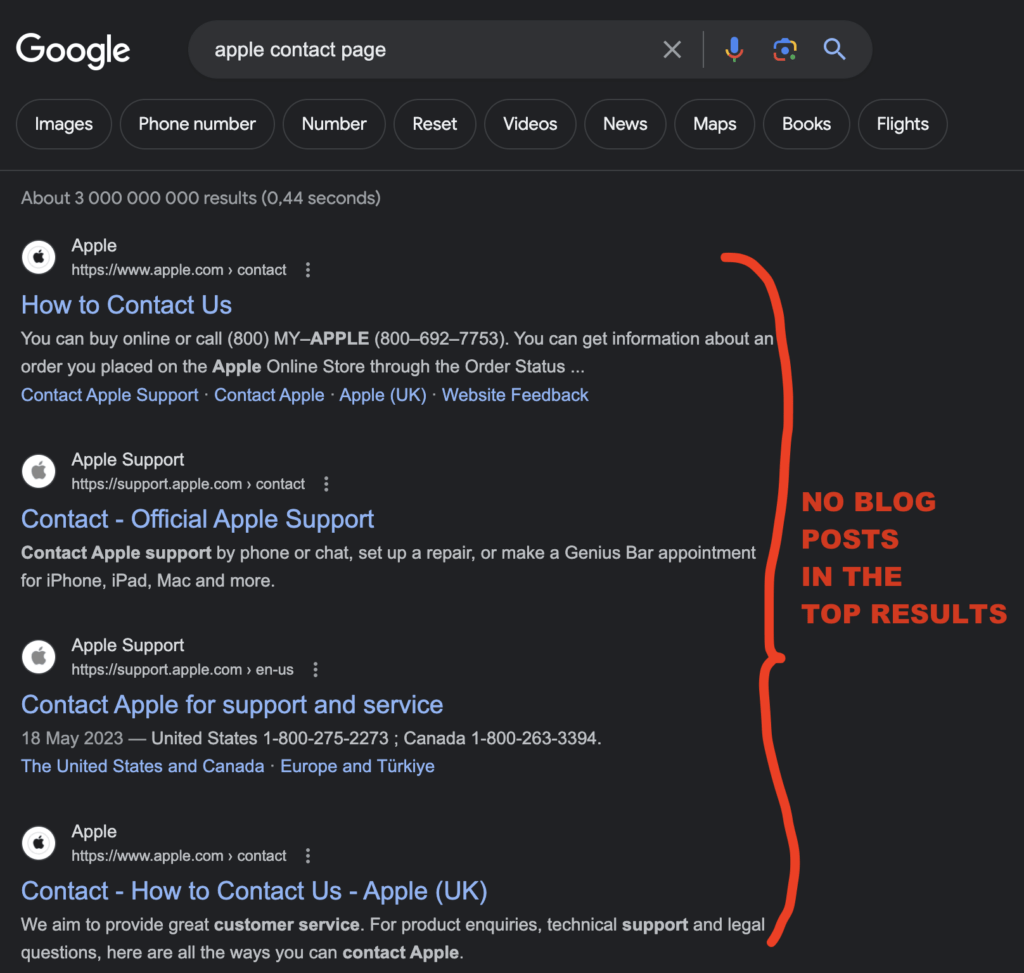
But if you’re a business owner and you see a ton of navigational searches being made related to your site, perhaps it’s time to consider if there’s an issue in finding relevant information on your website.
For example, if Alice runs a tennis club called AlicesTennis.com and there are tons of searches for “AliceTennis Contact”, perhaps it would be a good idea to add a contact page to that website.
#3 Transactional Intent
Transactional search intent is when a searcher wants to buy something.
Example searches:
- “Buy shoes online”
- “Photoshop discount code”
- “Book a flight to Paris”
In transactional searches, the searcher is very close to making a purchase.
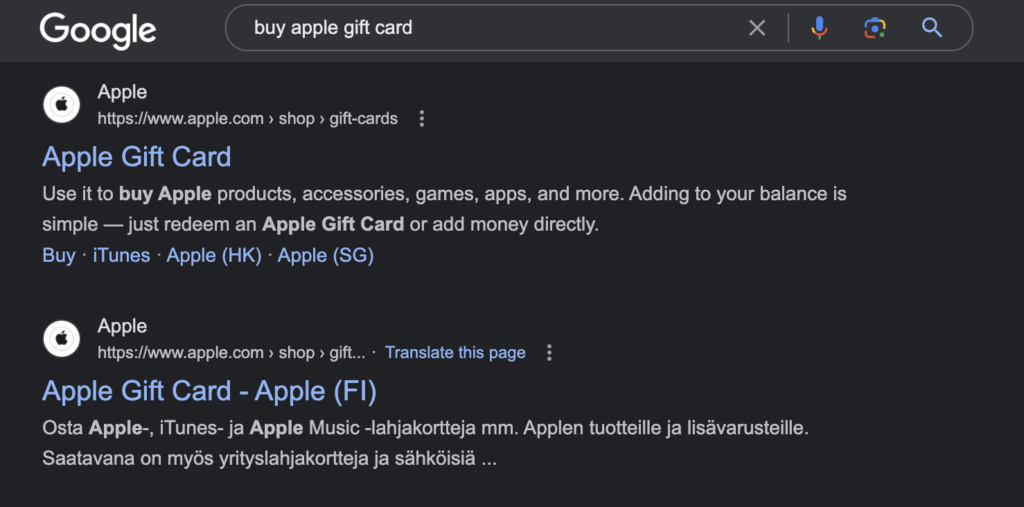
The searcher already knows their problem and a solution to it. The only missing link is buying the solution.
While transactional searches can be lucrative, those are usually something bloggers and affiliate marketers don’t target.
The main reason for this is that most of the time, the pages that rank for transactional searches are not blog posts. Instead, they are product pages.
For example, this page opens up when I search for “Buy Shoes”:
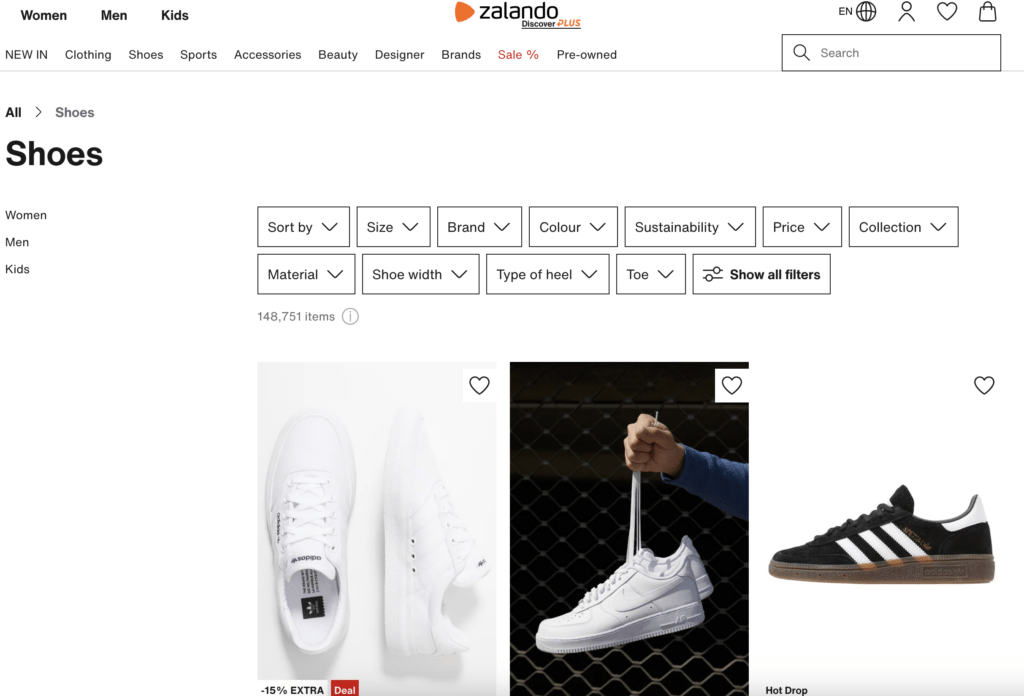
But also, there’s a ton of competition.
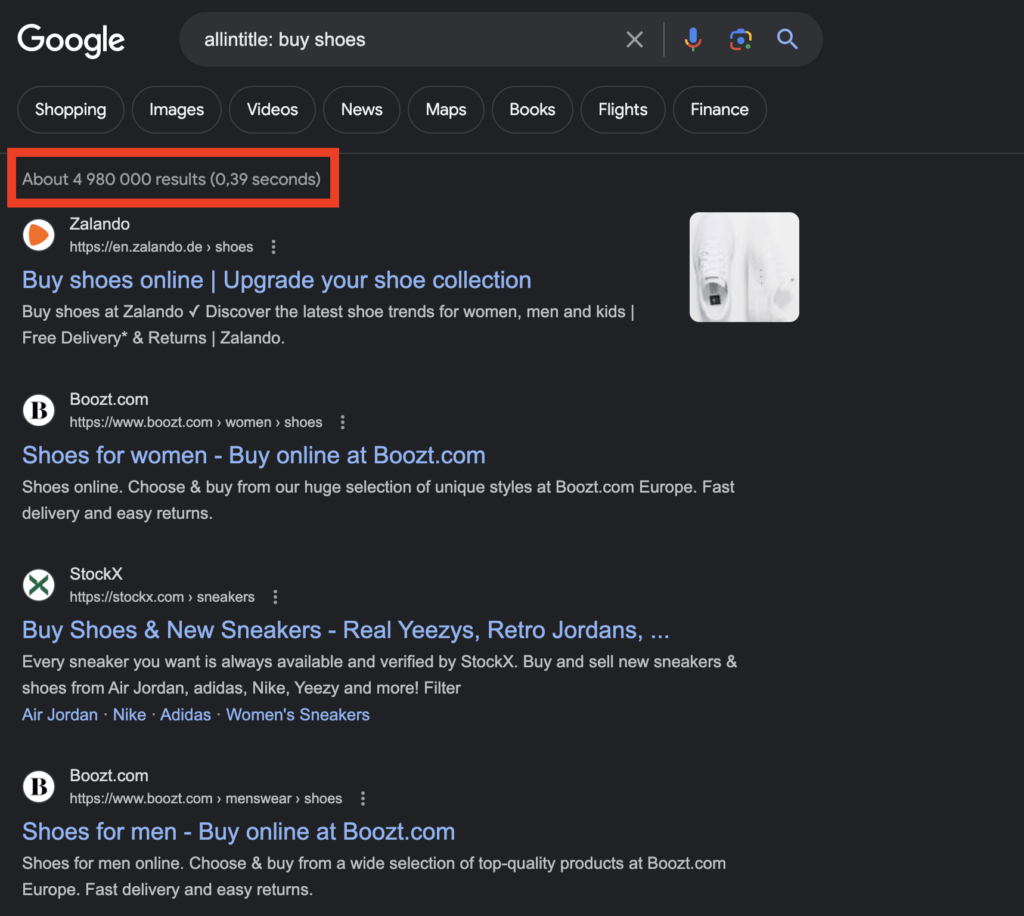
Last but not least, this type of “hot” audience is usually narrow.
For example, if we compare “buy tennis shoes” and “best tennis shoes”, we see that there are much fewer people searching for “buy tennis shoes”:
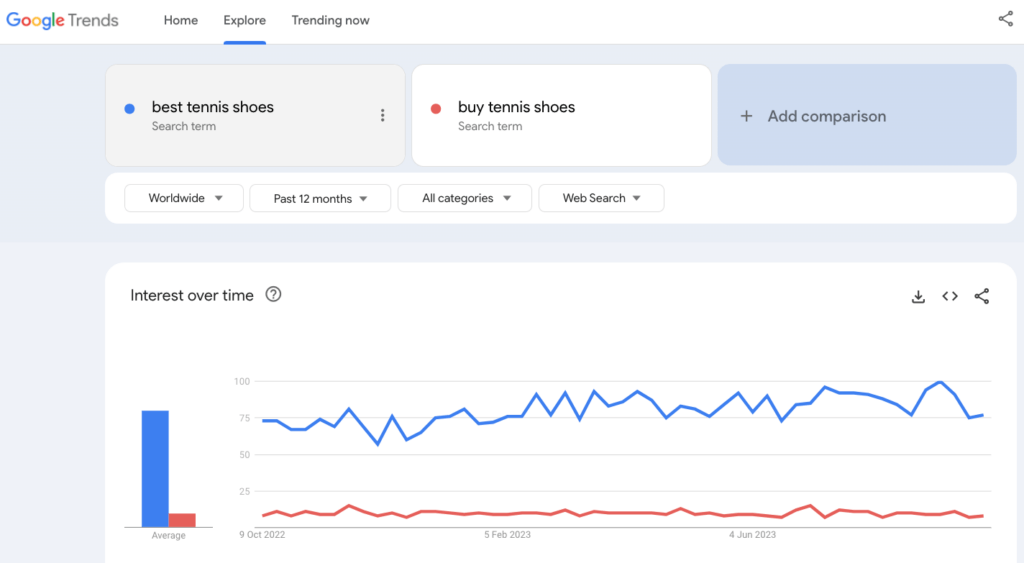
For these reasons, it makes sense to write blog posts that address commercial intent rather than transactional intent.
By the way, the difference between “buy tennis shoes” and “best tennis shoes” is that the latter is transactional but the former is commercial when it comes to search intent.
Speaking of commercial search intent, let’s take a closer look at this intent type.
#4 Commercial Intent
Commercial search intent is when a searcher wants to compare products in a particular category before buying.
Example searches:
- “PhotoShop vs. Affinity Designer”
- “Best AI tools for students”
- “Illustrator alternatives”
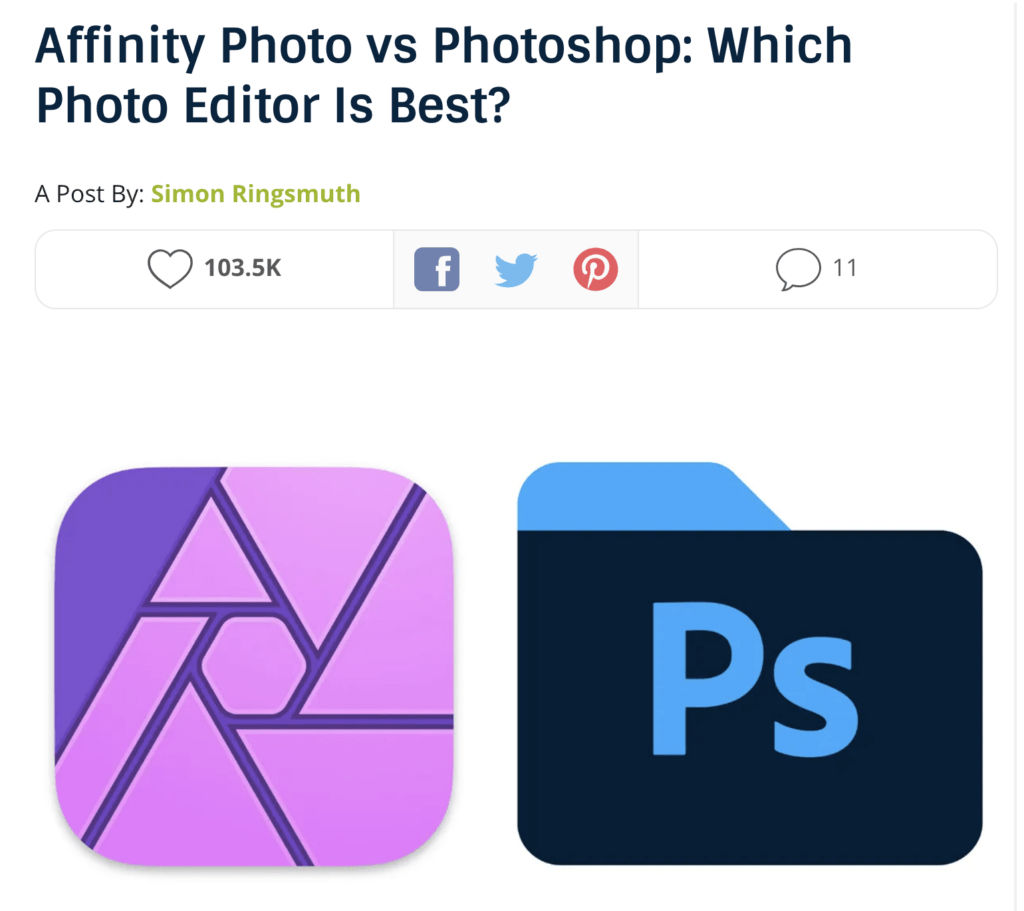
People who search for commercial topics like “Best AI Tools” already know there are great AI-powered solutions.
The missing link is that they don’t know which product to buy.
A perfect result for a commercial search is a blog post that reviews and compares 10-20 best products in this space.
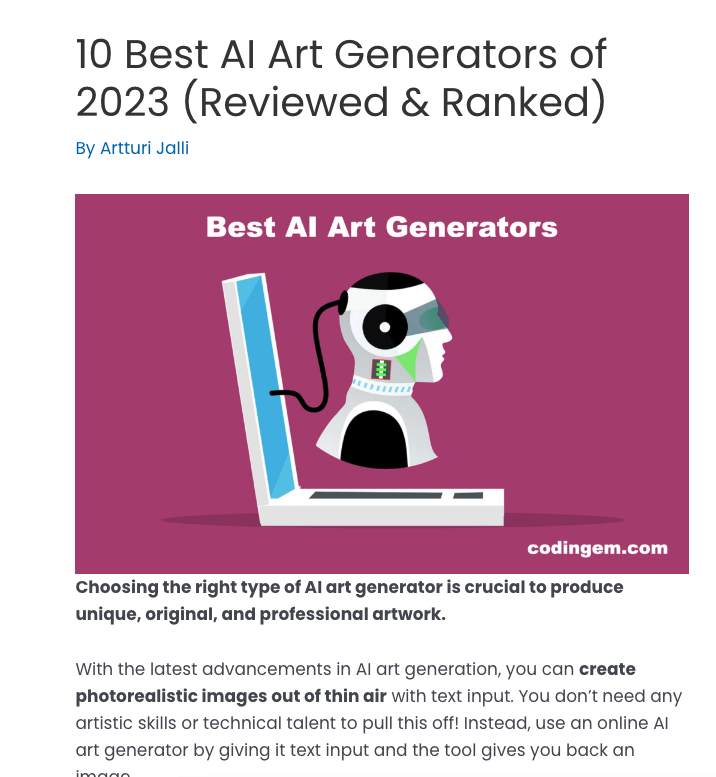
The author can place affiliate links to products on the list.
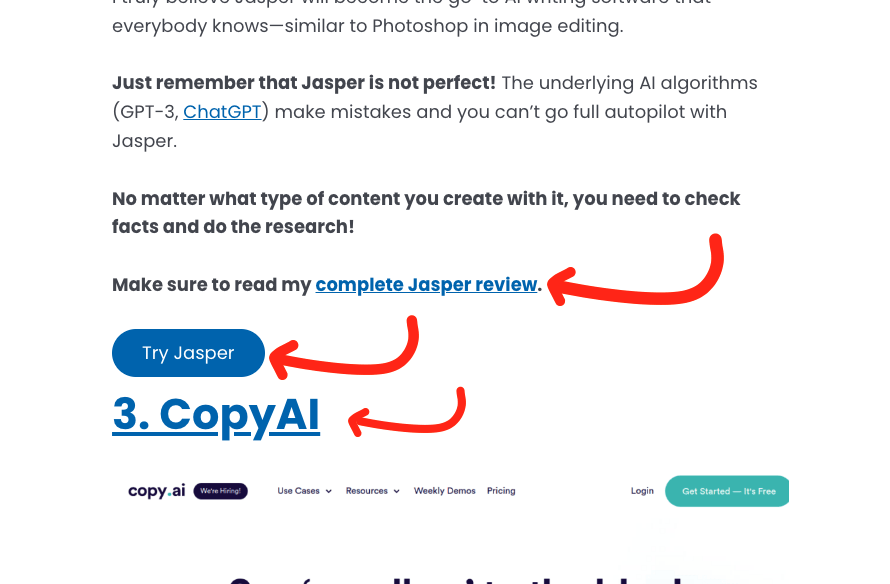
If someone clicks and makes a purchase, the affiliate earns a small commission.
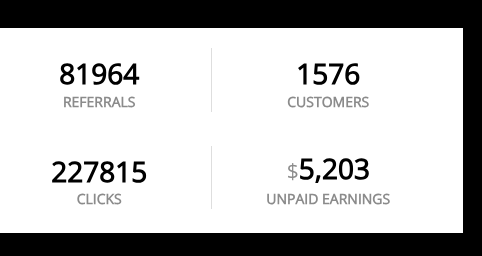
My best-performing blog posts and best money-makers are commercial blog posts. The above screenshot is the last month’s earnings from a product I’ve promoted for quite a while.
For clarity, let’s compare commercial and transactional search intents.
When someone makes a transactional search, they’re closest to making a purchase.
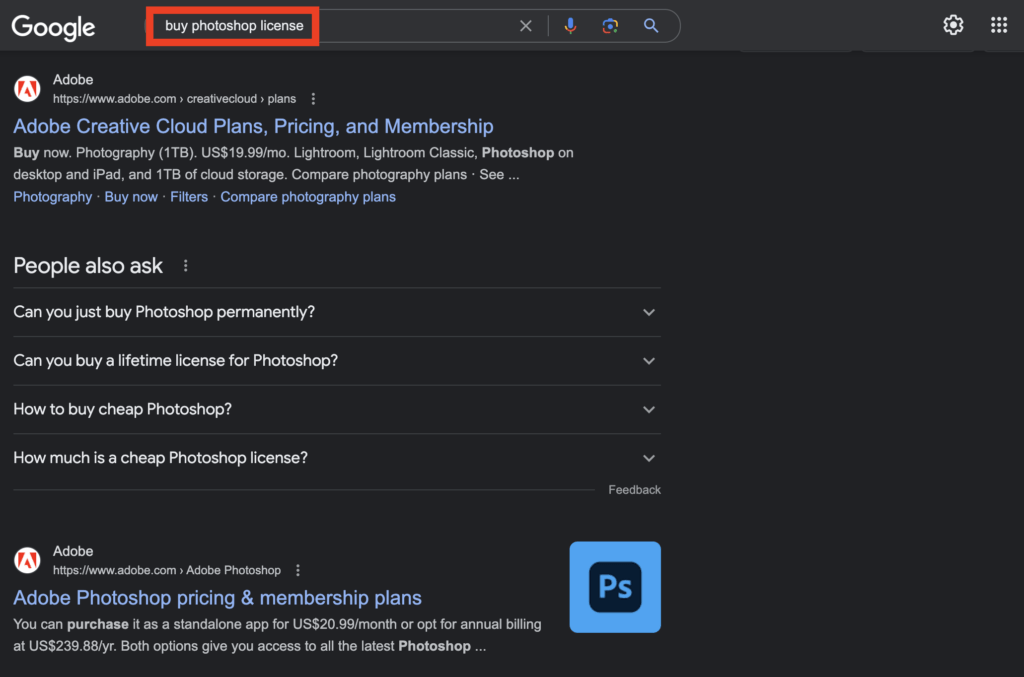
A commercial search is also usually from someone who’s close to making a purchase. But they’re not quite as sure just yet.
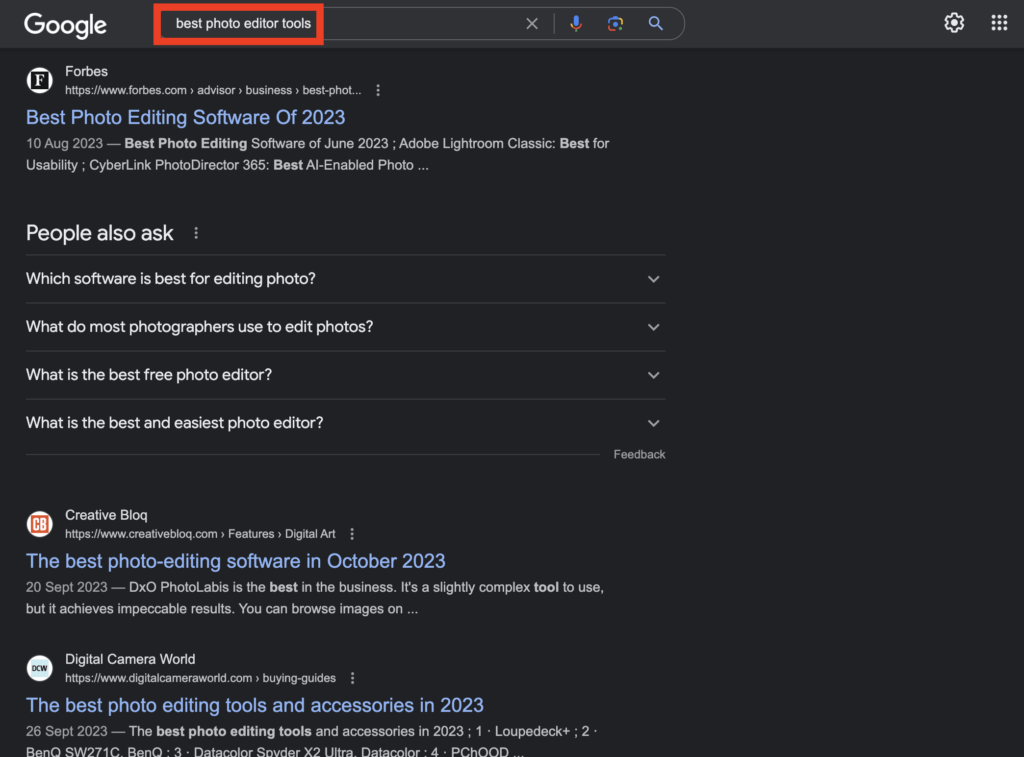
Targeting transactional searches makes the most money per visitor.
But in many cases, it’s those commercial posts that win the race.
Let’s compare the search volume of “buy tennis racket” and “best tennis racket“. The former is a transactional search whereas the latter is a commercial one.
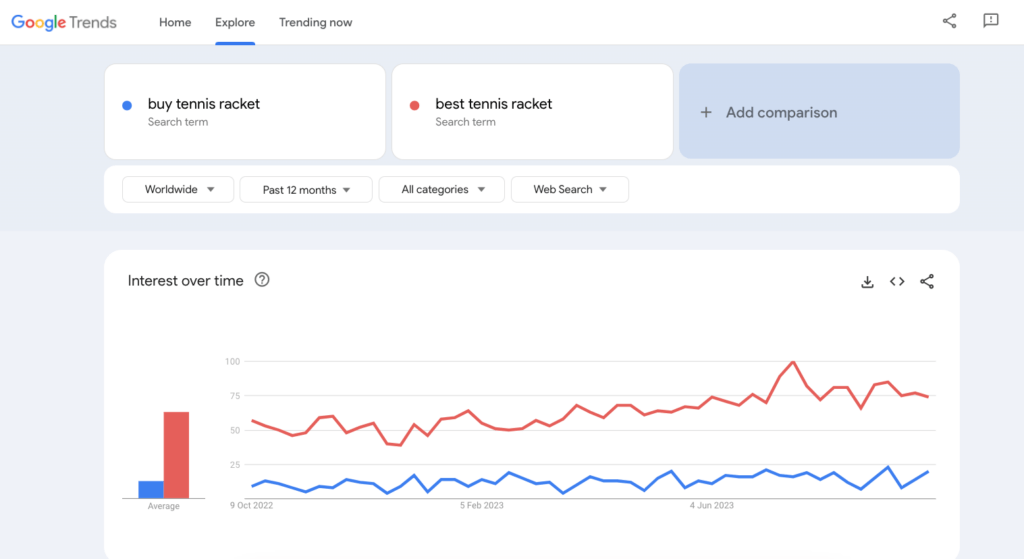
Based on this Google Trends report, there seem to be about 5 times more searches for “best tennis racket” than “buy tennis racket”.
So the audience is much larger for the commercial search.
In this sense, it makes sense to target those commercial searches. Most of the time, you’ll reach a much bigger audience.
But it’s not only that.
In many transactional searches, the intent is to see product pages instead of blogs.
This means that blog posts won’t rank for commercial searches more often than not.
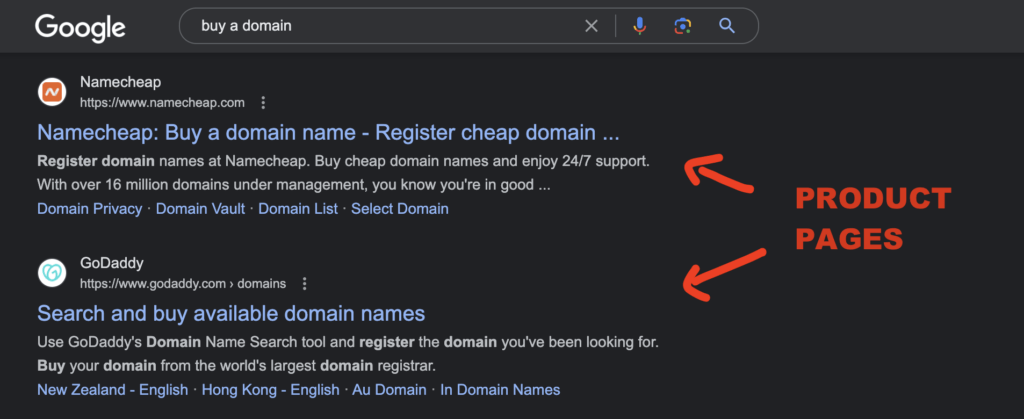
Also, sometimes the result of a transactional search is commercial.
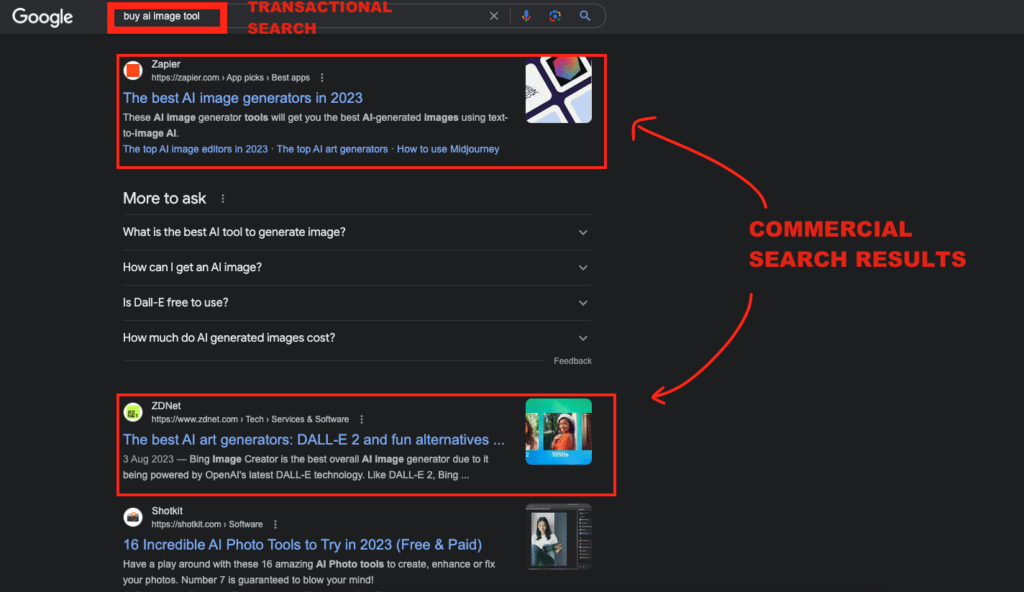
This is why it makes more sense to target commercial searches with blog posts.
With commercial searches, people are looking to compare products.
This is where bloggers and affiliate marketers shine.
By trying, reviewing, and comparing products, one can provide searchers with real value in choosing the right type of product.
Long story short; by targeting commercial searches, you’ll reach a wider audience and can provide actual value for choosing the right types of products.
Key Takeaway
There are many different search intents and types of posts you could write.
But most of the time, you should write posts that fall into one of these categories:
- How-to guides (informational intent)
- Listicles (informational intent)
- Roundups (commercial intent)
- Reviews (commercial intent)
Make sure to read my post about blog post templates to learn how to write these posts effectively.
Then, very roughly speaking:
- The how-to guides and listicles attract visitors but make no money. These help you establish your site as a credible resource in the eyes of Google and your audience.
- The roundups and reviews are money-makers. With good affiliate deals, even a small number of readers can be lucrative.
Why is Search Intent Relevant in Blogging?
#1 Better Content Alignment
With decades of experience in the industry, Google knows exactly what the intent of most searches is.
By understanding what searchers want, bloggers can craft the content to meet those needs. Google will notice this as well.
Google and other search engines do careful work analyzing searches. They want to make sure that every page and post that ranks is a relevant piece of content.
For example, if we go back to the “black shoes” example. Google understands that the search is intended for seeing products to buy instead of a definition.

#2 Improve Rankings
Google (and other search engines) prioritize content that matches search intent.
Blogs that align with search intent are more likely to rank higher in search results.
If you miss the intent, no matter how good a post you write, it’s never going to rank.
So if you haven’t done careful enough research, your blog post might end up dead in the waters.
That’s why I always recommend checking what the search intent is by searching for your topic on Google.
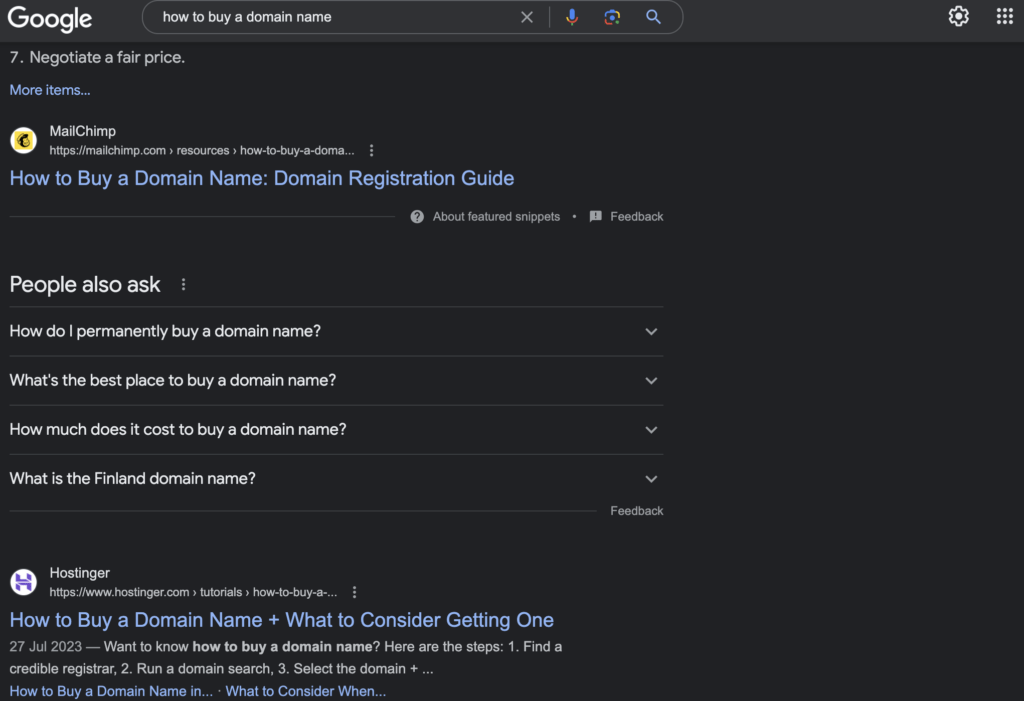
How to Determine Search Intent?
You don’t need any paid tools or hacks here.
You can learn the search intent very easily. Just look what pops up when you Google something.
But don’t just do this to verify intent.
Instead, look at the characteristics of the blog posts in the top rankings. These will give you valuable data on what brought them there.
Pay attention to the elements that the posts have. Make sure to cover the topic more thoroughly and clearly than your competitors.
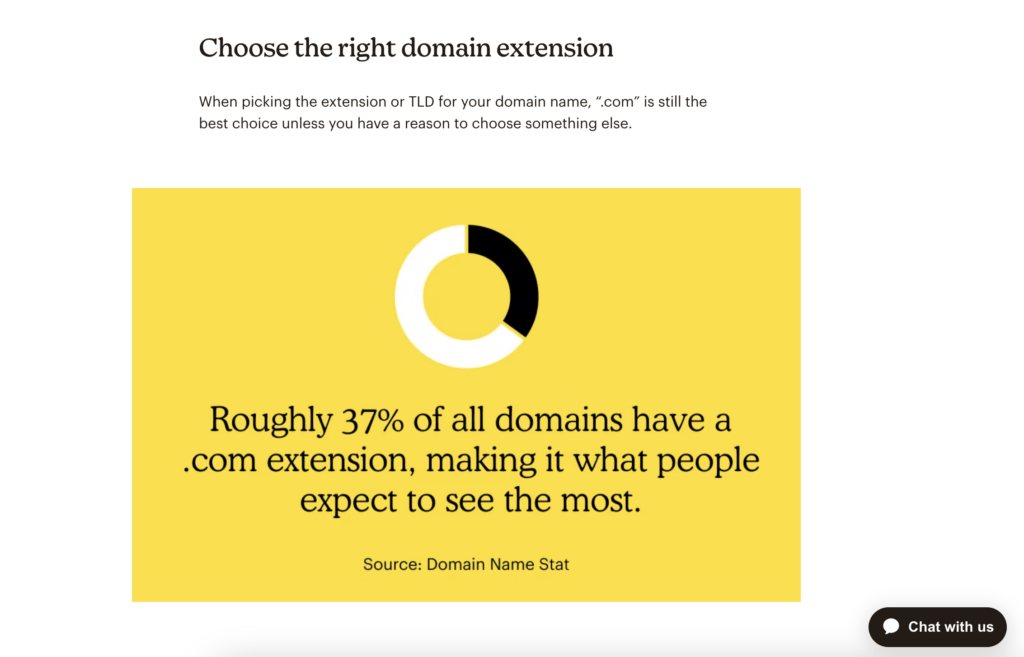
To learn how to write blog posts that actually rank, make sure to read this post.
How to Optimize for Search Intent?
While there are no tricks or hacks you could do to optimize for search intent, here are some action points for you before writing any blog posts.
#1 Content Creation
Once you know the intent, create content that addresses it.
For informational queries, write long-form, detailed guides or how-to articles.
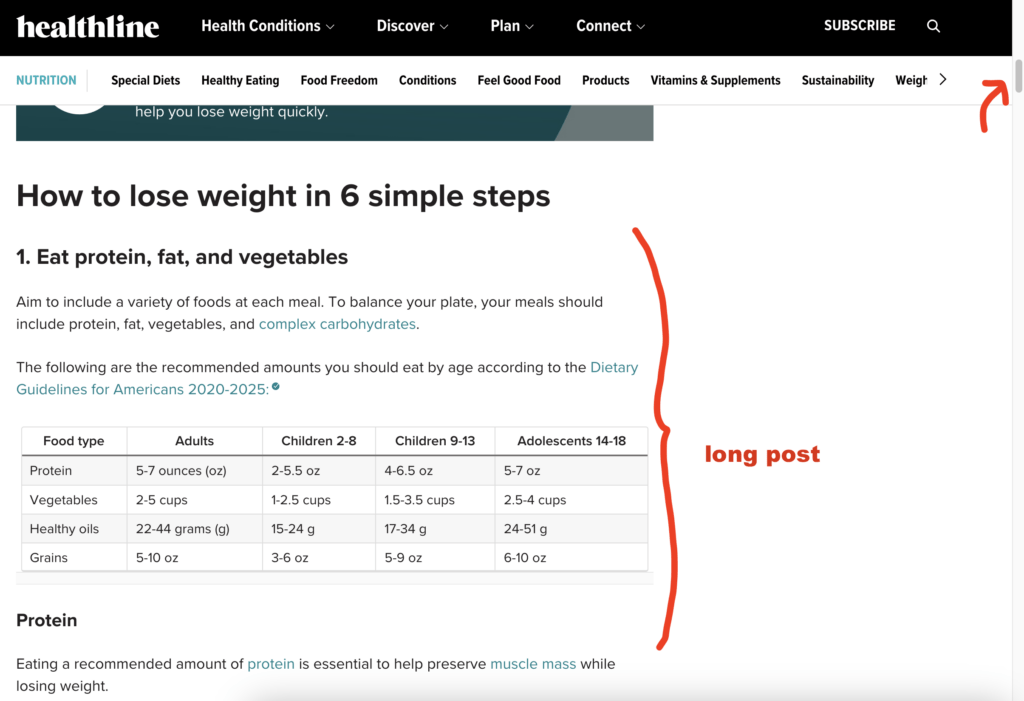
Also, a listicle post can be a great option.
Those are usually easier to write and most of the time, Google will include those in the top 10 results as well.
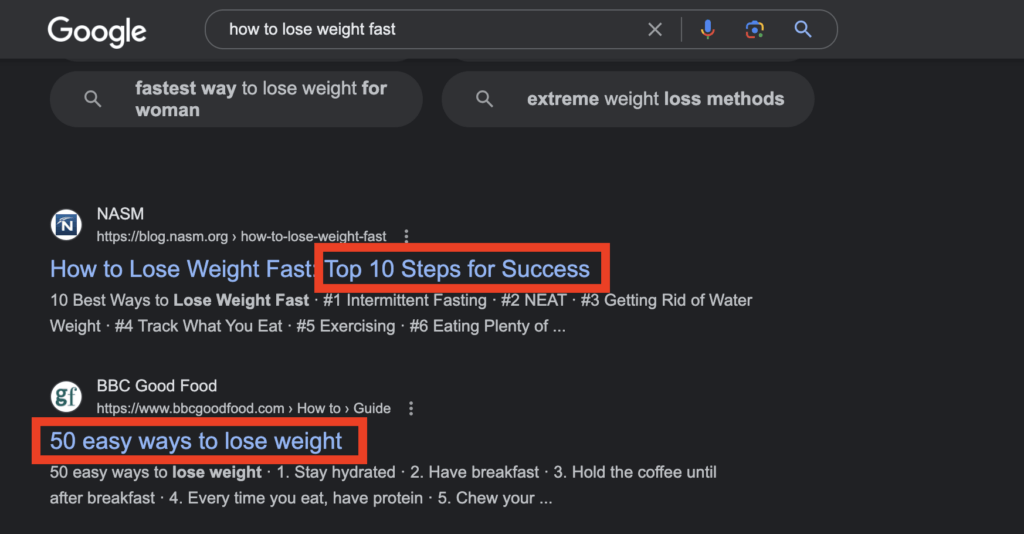
For transactional intent, consider product reviews or roundup posts.
#2 Provide Clear CTAs
For commercial or transactional intents, call-to-actions (CTAs) guide the reader toward the next step, whether it’s making a purchase or signing up for a free trial.
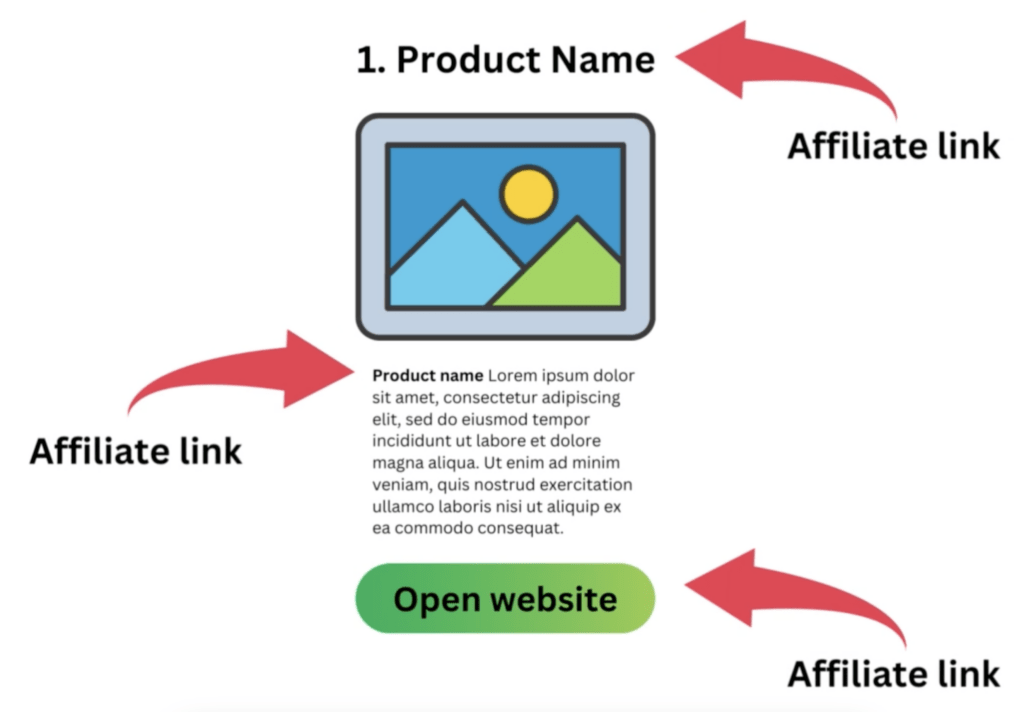
You want to make sure to nail this not to leave money on the table.
For example, in my review posts, I usually place a button on key parts of the post where I think the reader might want to try the product.
For example, here I encourage the visitor to try Jasper AI for free.
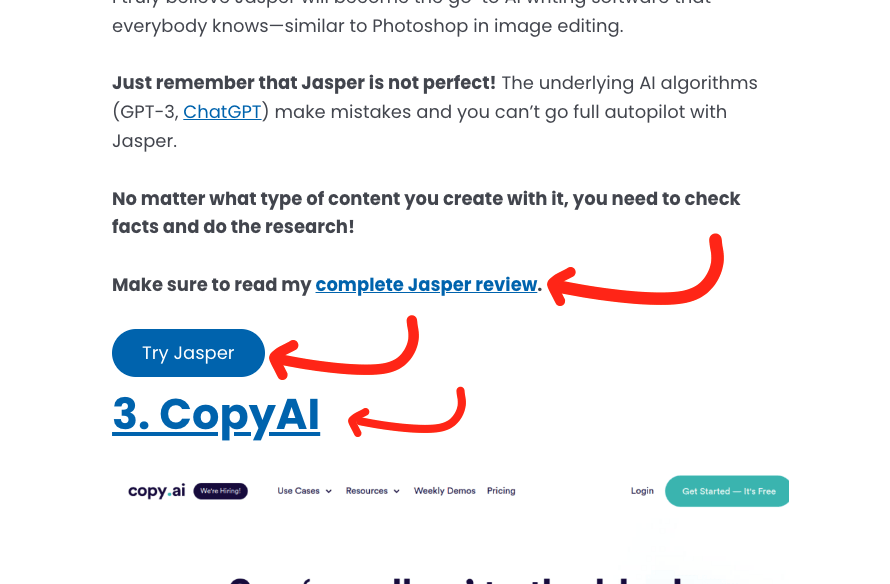
Good ideas for link placements include an intro, key highlights, and the bottom line section.
Remember that your review might convince the reader at some point.
It’s crucial that there’s a call to action so that the reader won’t exit and search for that product but instead click your link.
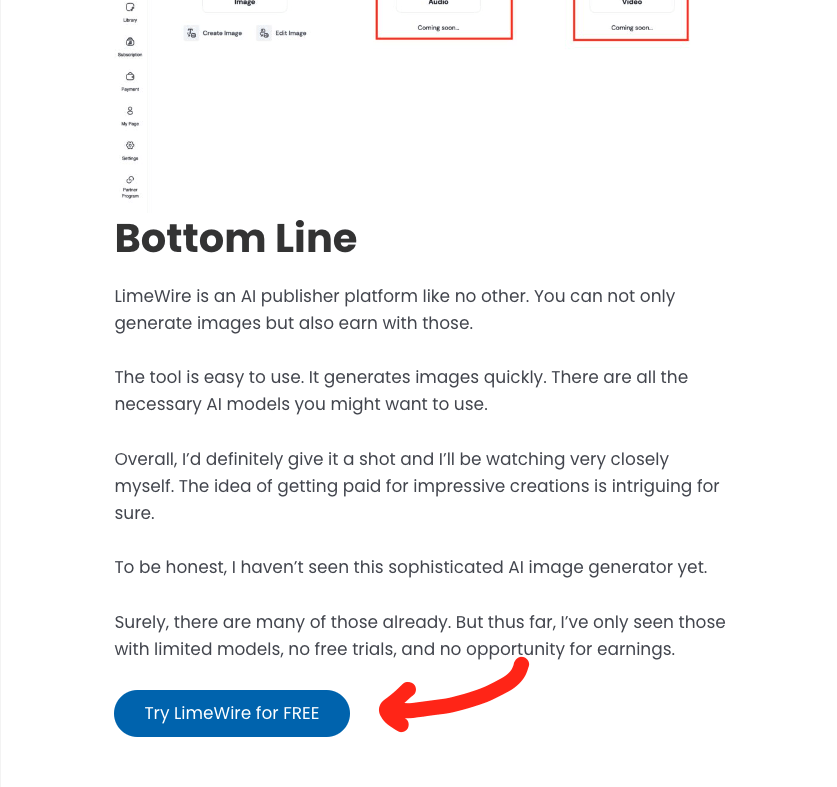
But don’t overuse your affiliate links or buttons.
Just add them to places where you think it makes sense (or where your competitors have done it).
With round posts, the CTAs are easier. This is because you logically list products one after the other.
You can place a link to the headings of each product and then end the sections with a button.
#3 Internal Linking
Guide users to more related content on your blog.
If they’re researching a topic (informational intent), provide links to deeper dives or related subjects.
For example, if someone searches for “How to use AI to write blog posts”, you can provide them with a detailed guide (non-commercial one) but then suggest reading your post that compares the best AI writing tools.
Just don’t expect too much from this.
Let’s say you have an informational post that has 10,000 readers every month.
If you place a link to a commercial post related to that topic, you might expect to get 1% of readers to click through.
This leaves 100 reads to the commercial post.
Now, if 1% of these readers make a purchase, you’ll make 1 sale per 10,000 reads.
But if you have a ton of views, this is definitely something you should do not to leave any money on the table. Even if it was just one sale per year, that’s still worth spending 15 seconds on to link the post.
Thanks for reading. Happy writing!
